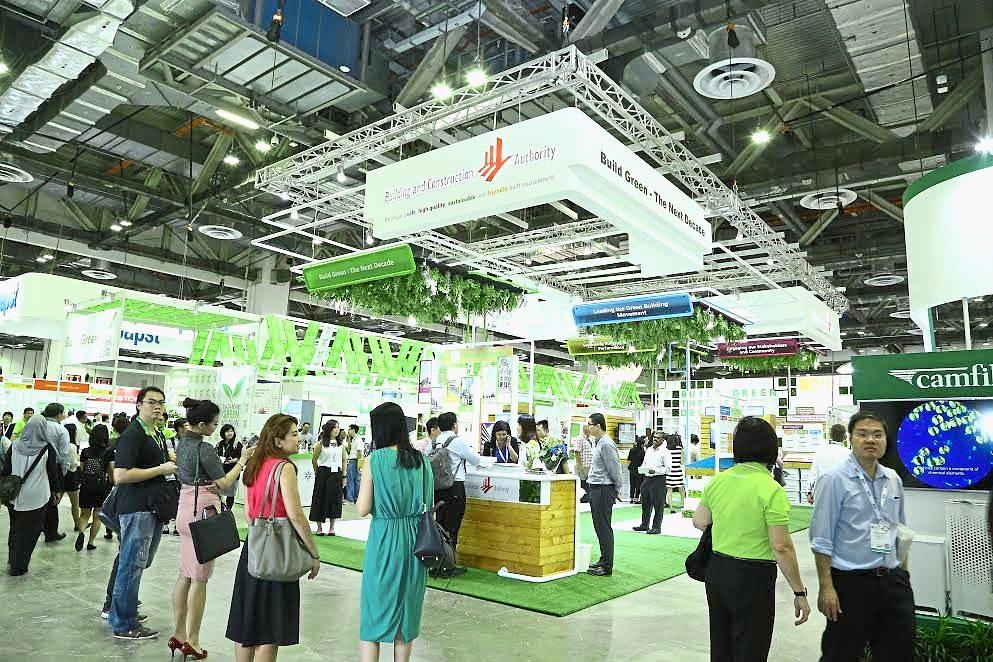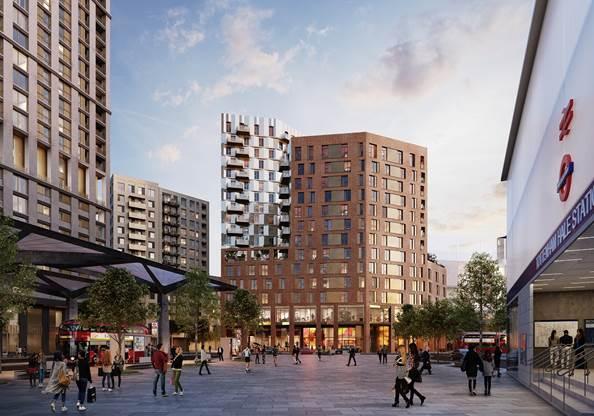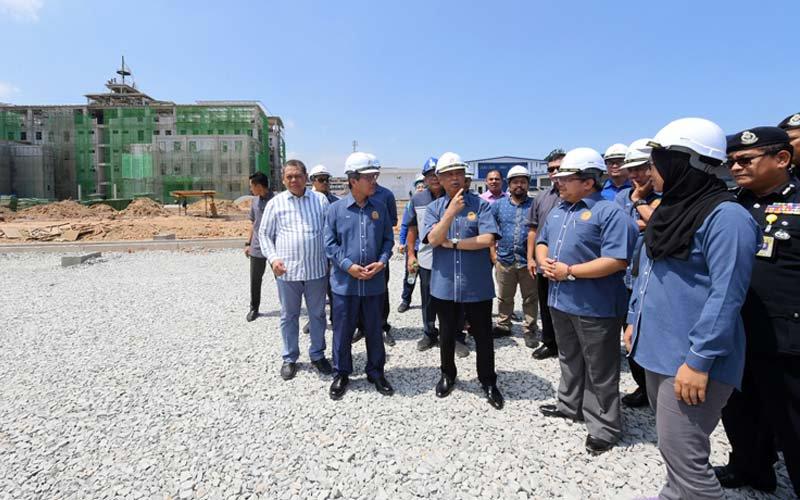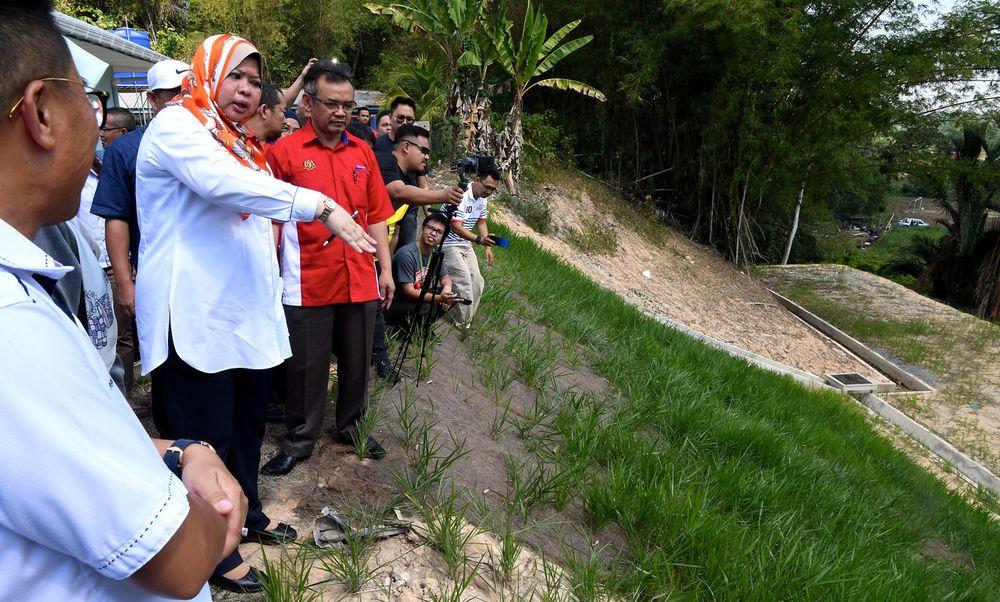The recent global heat wave, that has claimed hundreds of lives, has once again thrown the debate on climate change wide open. Industrialisation has often been linked to global warming, and hence climate change. So too, has the consumption of fossil fuels, whose conversion into electricity can also become pollutive to the environment.
Globally, buildings account for about 40% of the world's energy consumption, with buildings in Malaysia consuming almost half of all electricity generated. Given recent technological advancements, could we start designing, constructing and maintaining buildings that are less energy-dependent, and less environmentally-damaging?
Build Eco Xpo (BEX) Asia, Southeast Asia's leading trade exhibition for the region's green building market, and Mostra Convegno Expocomfort (MCE) Asia, a regional HVAC-R, water and energy exhibition in an effort to answer some key questions on sustainable development by leveraging on the presence of more than 12,000 experts from the field of architecture, developers, engineers, facility managers and solution providers.
"Sustainability does not deal exclusively with energy efficiency or carbon emissions. Rapid urbanisation coupled with global warming lends urgency for a sustainable model of growth that meets the needs of the population, while mitigating the effects of climate change. As Panasonic celebrates our 100th year in 2018, we continue to stay committed to creating a better life, a better world. We look forward to working with key stakeholders at BEX and MCE Asia 2018 to secure the future of green buildings and sustainable development in the region and globally," commented Toshi Watanabe, Director of Commercial Air Conditioner, Panasonic Appliances Air- Conditioning Malaysia Sdn. Bhd.
The organisers are looking at fine-tuning three major aspects of sustainable development in the presence of the experts.
= Constructing buildings that respond to their environment to enable sustainability, resilience and interconnectedness through design.
= Utilising new building materials that are efficient, productive and non-pollutive. The idea is to design a building in modular pieces and assemble on site for more efficiency in the construction process. Machine learning and artificial intelligence are also making their way into buildings, giving building developers better tools to help designers make more accurate predictions of a building's usable lifespan, its life cycle cost, and maintenance requirements.
= Tapping on technology to self-regulate buildings. Aided with the right building management platform, building owners now have the ability to combine data such as energy consumption and water usage from different machines, and across disparate sources together in an easy-to-view dashboard. To better manage electricity consumption, a huge component of a building's monthly expenditure, building managers can use a cloud-based centralized energy solution, which allows building owners to track and manage energy usage in granular detail.
.jpeg)









.jpeg)

